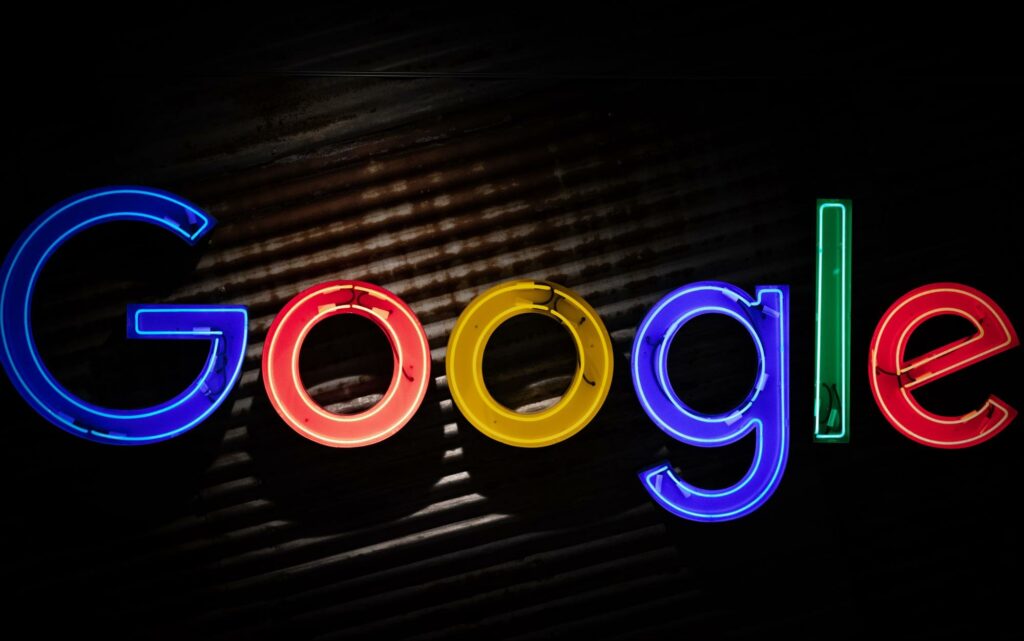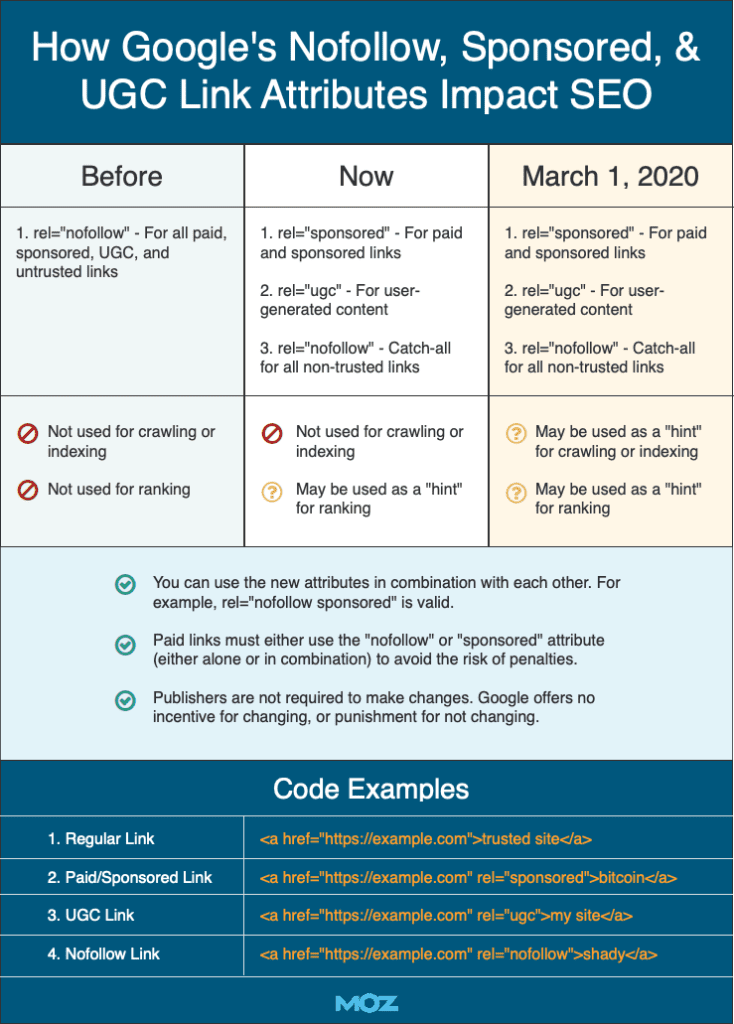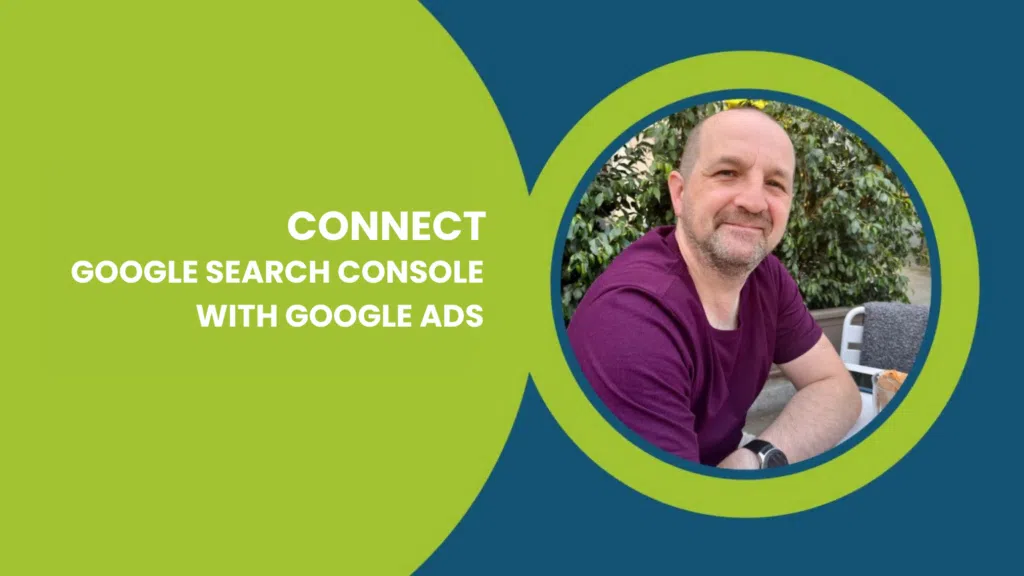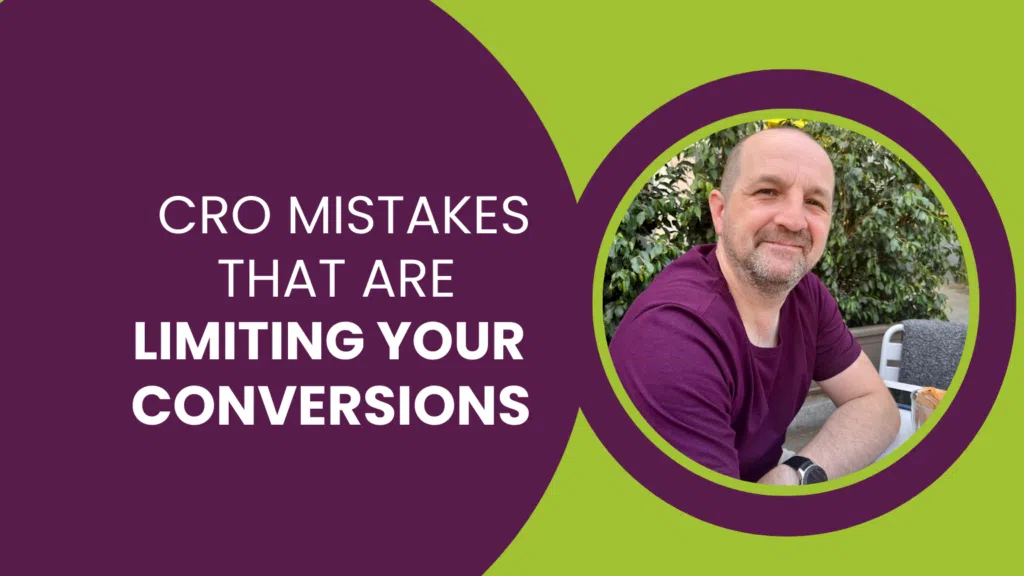A hint rather than a directive! For the sake of crawling and indexing, this is how Google has been treating links with the nofollow attribute attached since March 2020.
As for rankings, Google has been treating all link attributes as a hint since their announcement back in September 2019 making sponsored, UGC (user-generated content) and nofollow links all valuable for improving organic visibility.
What is a nofollow link?
<a href=”http://examplelink.com” rel=”nofollow”>Example Link</a>
Nofollow links are attributes attached to a URL that are used to direct Google to ignore them.
Google rolled out this nofollow link rule in 2005 and in doing so, disrupted the path of the SEO industry.
Link building has always been one of the best ways to help a website rank on the SERPs and before the rule was introduced, SEOs would exploit the system adding as many links as possible to make a page rank well. Google was losing at its own game.
When this nofollow link rule was introduced, practices such as adding links to guest blogs were heavily compromised. The average link became almost worthless and securing those that still had value became significantly more difficult.
Low-quality, irrelevant links quickly had no place inside a piece of copy and Google was now able to crack down on any dodgy link-building activity.
Over the last 15 years, Google and other search engines have grown and updated exponentially as they learn how people continue to use the internet and help to give them the information in the best way possible.
Using this information, Google has now rolled out another change regarding nofollow links that will make life a little easier for brands struggling to build high-quality links.
Google treats nofollow links as “hints” from 1 March 2020
Nofollow links used to have little or no benefit to an SEO strategy, but Google has moved on from there.
On 1 March 2020, Google announced that it will read nofollow links as ‘hints’. This means that the search engine will now detect links marked with the nofollow attribute and then decide whether or not they should be included in the decision to help the page rank.
Google is now capable of analysing individual links and determining whether or not they hold any value.
There have always been nofollow links with some value but until now Google had completely ignored them. This new attribute will simply flag up any links for Google’s algorithm to consider.
And there’s more…
Google introduces two new link attributes
As well as hints, Google has another surprise change up its sleeve: it has introduced two new link attributes to its arsenal. This totals up to three ways to mark links to help Google tell the difference, and each one provides a different hint for Google:
- rel=”sponsored”: Use the sponsored attribute to identify links on your site that were created as part of advertisements, sponsorships or other compensation agreements
- rel=”ugc”: The UGC, or user-generated content, value is recommended for links within user-generated content like comments and forum posts
- rel=”nofollow”: Use this attribute for cases where you want to link to a page but don’t want to imply any type of endorsement, including passing along ranking credit to another page
This is great news for brands as they are now able to have more control over the links they build.
For example:
If you mark up a comment section of your blog with rel=”ugc”, it will automatically tell Google that these outgoing links were created by users with minimal control over the quality and relevance of the blog itself.
Like the nofollow attributes, these new additions are hints designed to grab Google’s attention. However, it won’t always be the case as some links could still be completely ignored.
This change is more a guideline than a fact, but it’s one you should start implementing into your link building strategies.
Update your SEO link-building strategy
The introduction of nofollow link building in 2005 was a game changer for the way SEOs approached their strategies. Today, the introduction of the hint rule and two new attributes can contribute to better strategies so that we are able to build more proficient links that Google could decide to use for a higher ranking.
As this is such a recent addition we are unable to say how generous Google will be in considering your nofollow links, but for now it is best to add these attributes to your links to stay up to date with Google’s algorithm and be in with a chance of having your nofollow links recognised.
Moz shares a good guide on how all of the new link attributes affect your SEO:
How to update link attributes
Adding link attribution tags isn’t as hard as you may think. In fact, you just need to do these two easy steps:
Step 1:
In HTML mode on your editor, find the link that you want to update. If you’re working in WordPress, switch from the “Visual” tab to the “Text” tab at the top of your post window.
Step 2:
Add the tag, for example, rel=”nofollow” within the <a> tag:
<a href=”http://examplelink.com” rel=”nofollow”>Example Link</a>
That’s all there is to it!
If you’re still stuck or would like more information, why not get in touch with one of our SEO specialists, or even book a free SEO audit?









